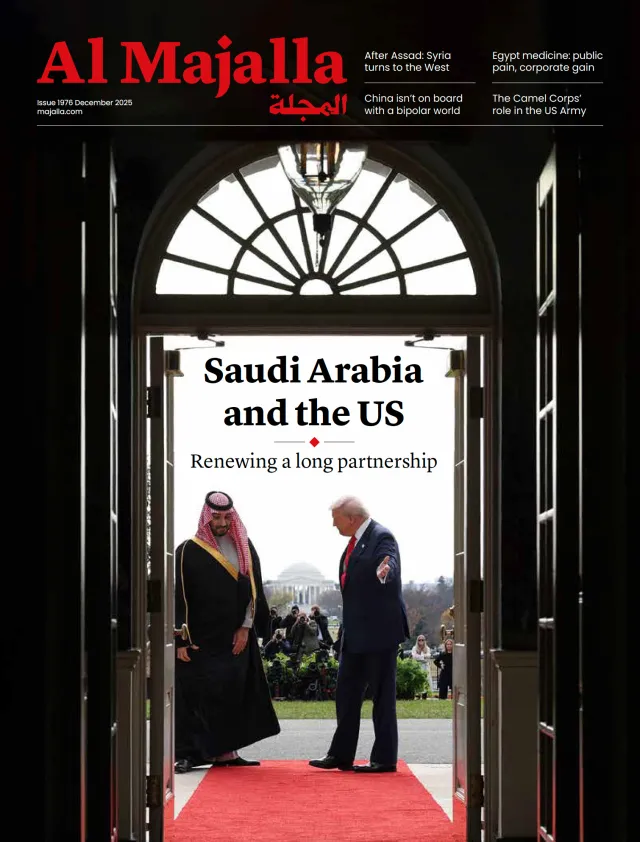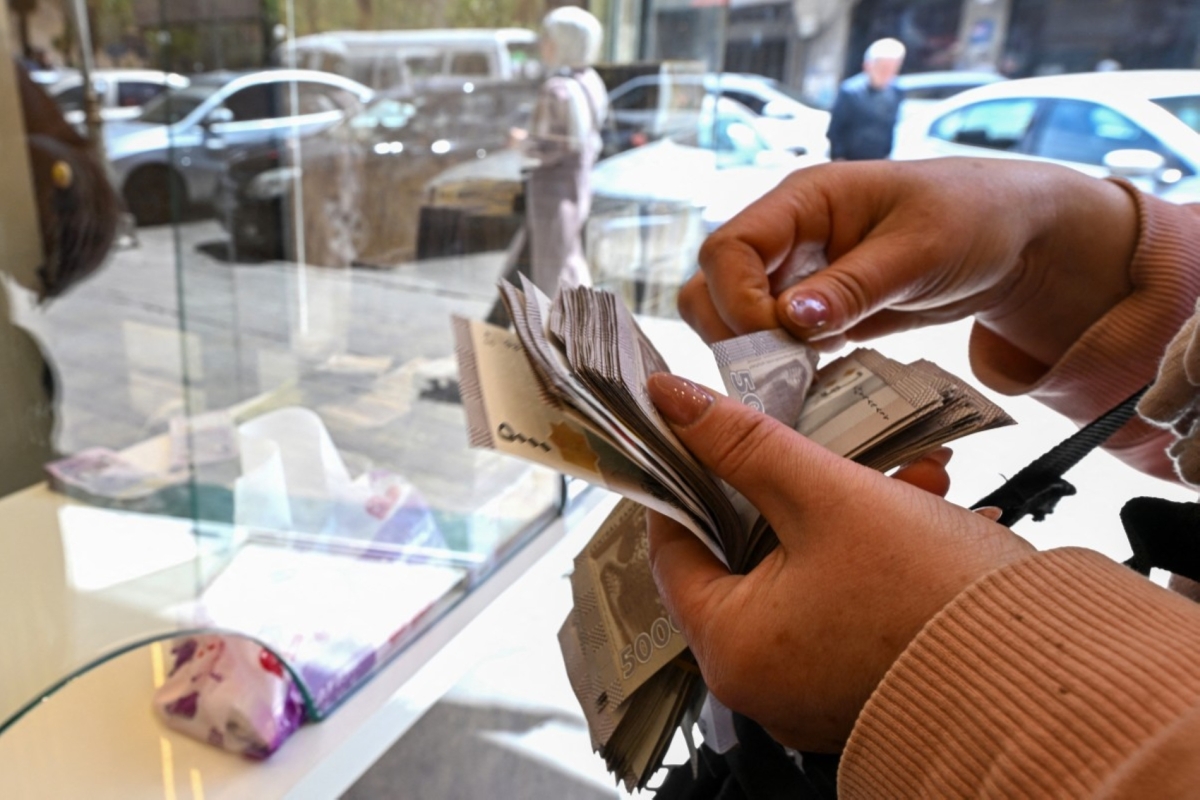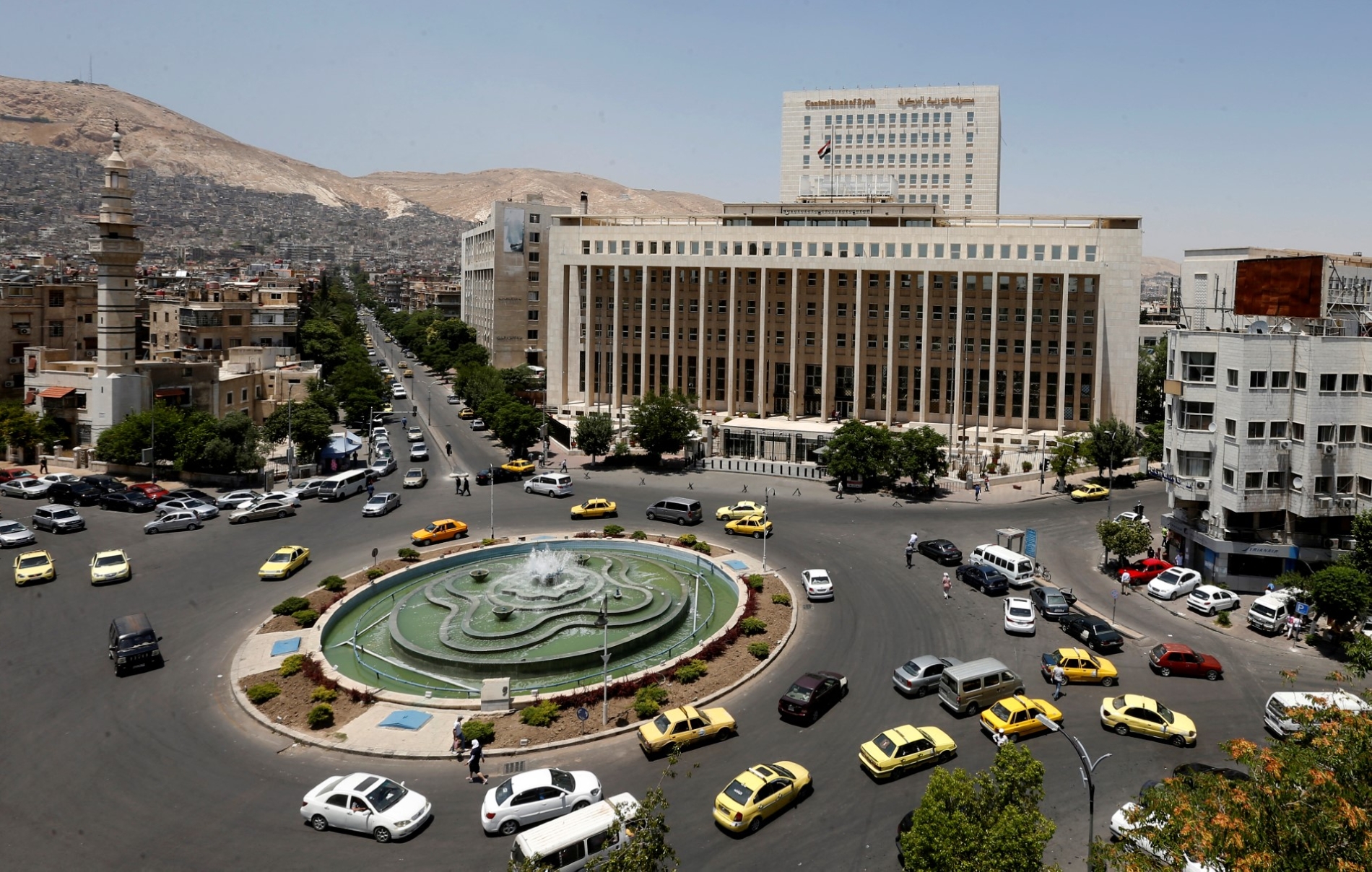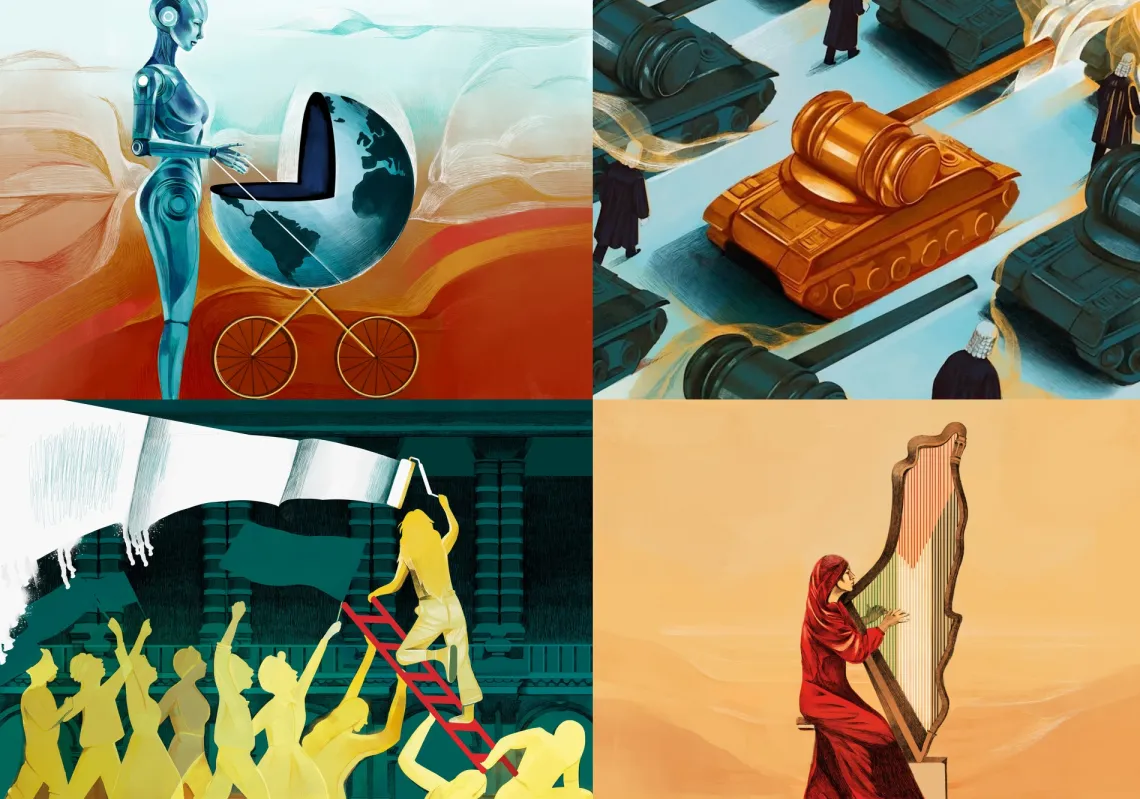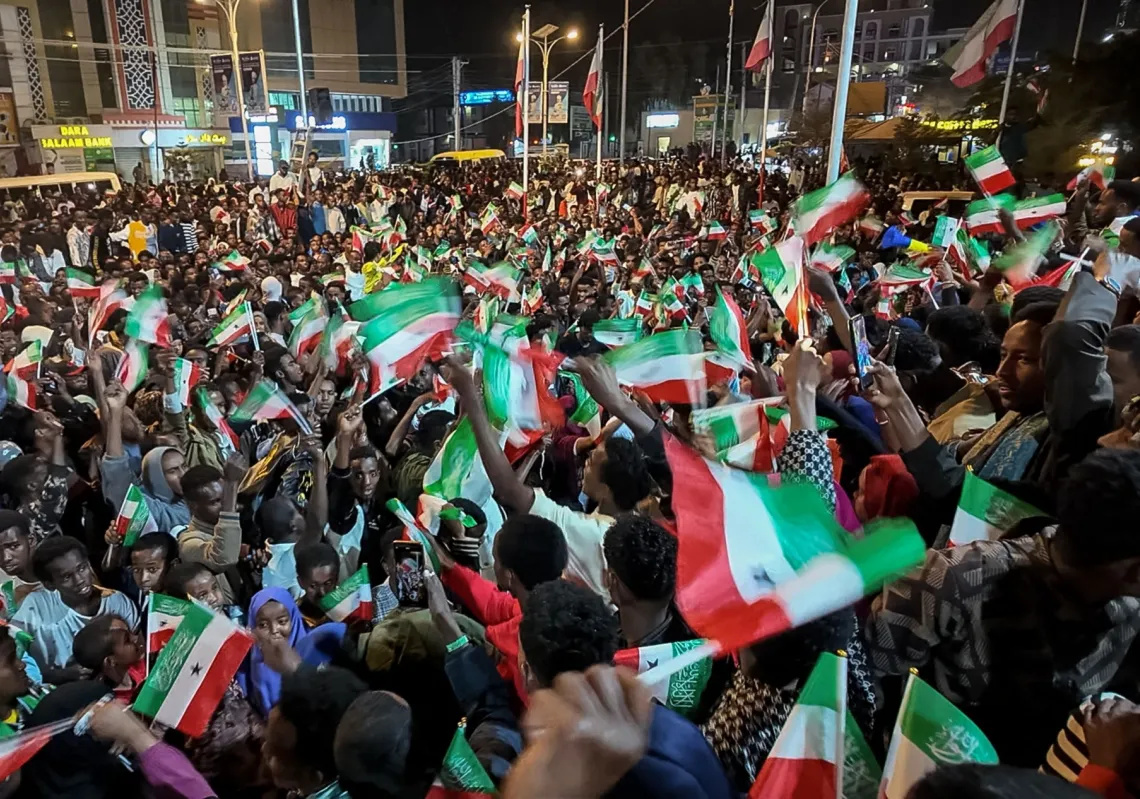Just over half a year old, the new Syrian state has already accomplished much. That Syrians now enjoy freedom of speech unlike anything they could have dreamt of under the half-century of Assad family rule is one of many areas in which things are better.
After enduring long years of suffering, oppression, terror, and tyranny that reduced the Syrian people to a state of servitude, this is a blessing worth waiting for, as the nation continues its grieving for lost loved ones while struggling to earn a living. They may be free, but for many Syrians, poverty and hunger are never far away.
There are reasons to hope, not least Syria’s swift reintegration back into the Arab regional framework, and the strengthening of its relations with Arab countries and the Gulf Arab states, with Saudi Arabia playing a significant role in this process, as are Qatar, the UAE, Bahrain, Jordan, Lebanon, and Türkiye. This has led to multiple delegations arriving in Syria, pledging to contribute to the country’s reconstruction.
Diplomatically, Syria is securing recognition from European countries, with President Al-Sharaa having visited France and received invitations from others, while the meeting between President Ahmed Al-Sharaa and US President Donald Trump in May carried considerable political and economic implications, including the latter’s decision to end the US-imposed Assad-era sanctions.
The Central Bank of Syria and Syrian banks can now access the international financial transfer system (SWIFT), overcoming a major obstacle that prevented the flow of investments and remittances to and from Syria. The Caesar Act, originally issued by the US Congress, is also on track to be resolved with bipartisan support. As a result, Syria can now conduct business with the outside world, including imports and exports, as well as borrowing from international financial institutions.
Problems and solutions
The economy is the foundation from which a state moves from destruction to reconstruction. Economic policies enhance agricultural and industrial production, develop the services sector, generate revenues for the public purse, correct the balance of payments, and promote growth. Yet despite no fewer than 11 economic plans from 1961 to 2015, Syria’s economic growth was rarely more than 1%, and the absorption of unemployed workers into the economy rarely more than 2-3%.
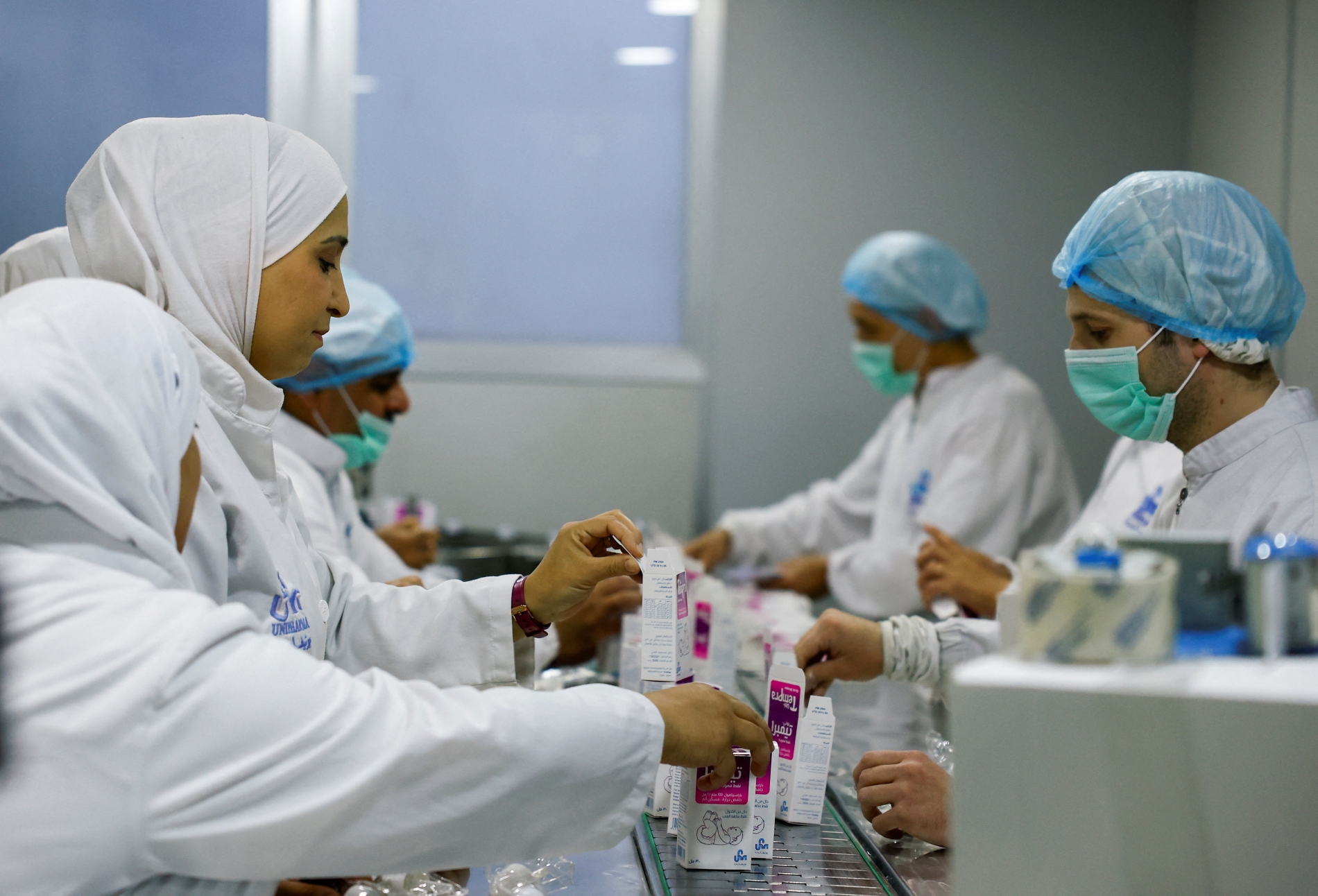
Talented university graduates could not get jobs with prospects, so they took anything. The state monopolised all sectors, transforming production unites into bloated structures staffed with underemployed workers. In 2005, the state sought to address this by introducing a social market economy, mirroring the China model, despite fundamental differences in the two states’ governance and leadership capacity.

